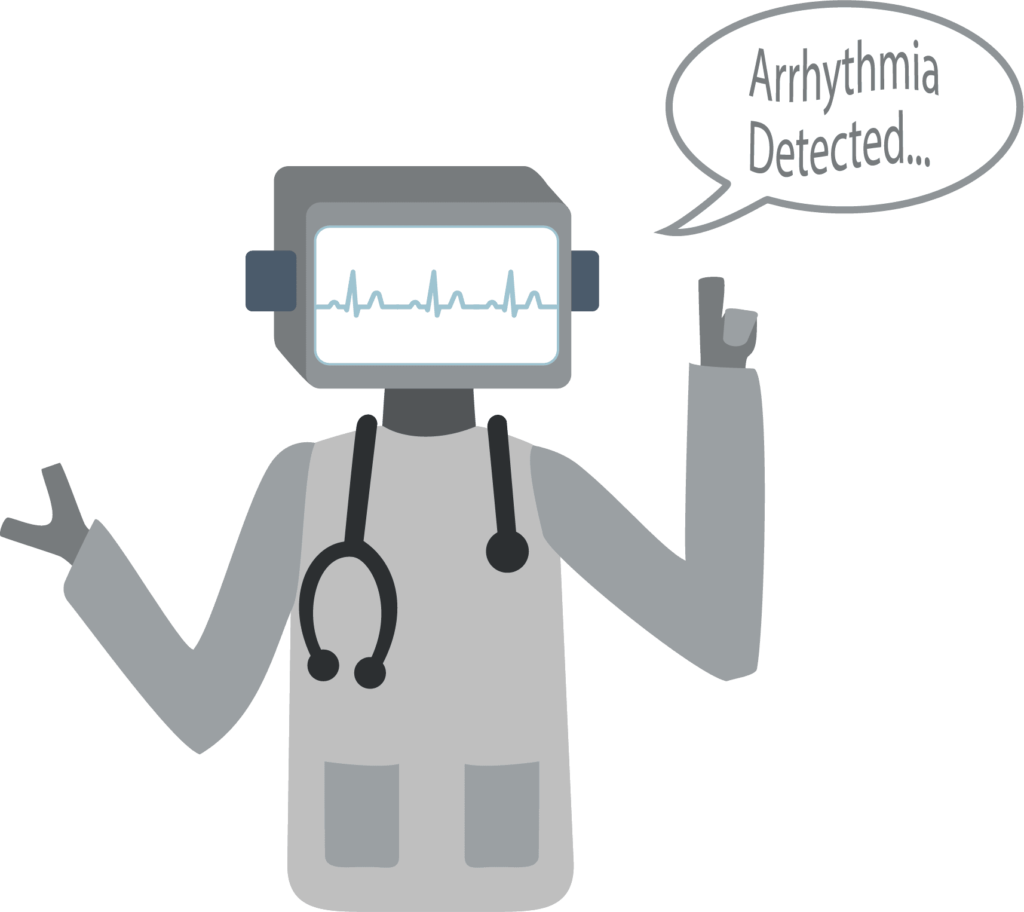
Why Does Full Disclosure Matter?
“Human waveform is more detailed than the human fingerprint. That is why it’s so important to give the cardiologist the tools they need to make the correct diagnosis.”
What is Full Disclosure?
Full Disclosure is the reproduction of every single beat, of every single minute of the day. It gives you the ability to have instant access to every minute. When making a diagnosis, it is an invaluable tool to be able to analyze the data in its purist form. Any arrhythmia should be able to be quickly and easily verified for accurate diagnosis.
Many companies claim to offer full disclosure, but the structural foundation of that methodology is very, very cumbersome. When you mention full disclosure to an experienced doctor, they know that true full disclosure is one hour per page. Getting through that data should be very quick and very easy to verify. A full disclosure page should be presented as a full report, with every hour presented. Min and max heart rates should be on every page, and you should be able to see every beat in context. Most companies simply do not provide that.
Templating
The majority of companies use a method called templating. This method is an engineer’s way to get through what they think is standard waveform. The ECG is run through filters, to identify certain arrhythmias and tabulate the arrhythmias into individual “buckets”. At the end of the study, at the analysis, they count how many unique beats or arrhythmias are in each bucket. The software then reports what the rhythm is and provides you certain samples. But the problem is that it is not in context. There is not one cardiologist that would trust a self-interpreting EKG machine’s report without reviewing it.
To a cardiologist that waveform tells a whole different story. When making an appropriate diagnosis, the ability to actually store and generate full disclosure from the recorded data is crucial. The ability to analyze every single beat in context is invaluable. Unfortunately, most ambulatory ECG device manufactures take the artificial intelligence within the device to present and reproduce the waveform that it thinks is unique.
Algorithms and AI
Problems can occur when you depend too much on algorithms. For example, look at the method of self-interpreting EKG. This is the case where the patient lies still on a bed for five minutes wearing ten electrodes. The report generated Every single cardiologist is going to take that data and correct and edit it. They are never going to take that report verbatim. Holter software is very similar. The only difference is that the patient is mobile and using only three electrodes.
An auto-analysis takes ECG in pieces, separating it into sections as it records it. When an arrhythmia occurs, the ECG is pieced back together, in an attempt to give you a glimpse of what the algorithm caught. Effectively, the software is trying to replace the cardiologist, and create an “easy” sellable process for ECG. But the data is filtered through the algorithm before it gets to you, the specialist.
You can imagine the errors that occur if you are depending on an AI or a templating software. Auto analysis, done by an algorithm, and not by the cardiologist, is incomparable to raw, unfiltered ECG.

ECG is an essential factor in a diagnosis. You can’t make life and death decisions out of “doc-in-the-box” technology. It is essential to have the ability to see every raw, unfiltered beat in context.
In conclusion, full disclosure is essential, beneficial and enables a rapid and accurate diagnosis. Patch companies and big tech are trying to belittle the cardiologist or the specialist. However, there is a fact that has remained true for the 30+ years that I’ve been in the industry: You cannot remove the cardiologist specialist from the diagnosis.
– Joe Yanes, Vice President of ACS Diagnostics
